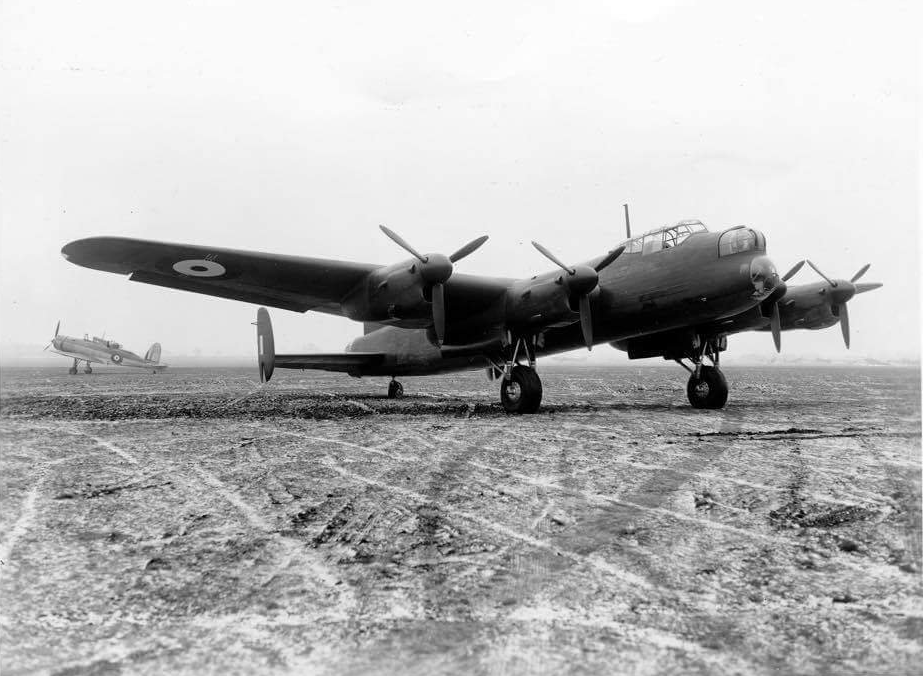
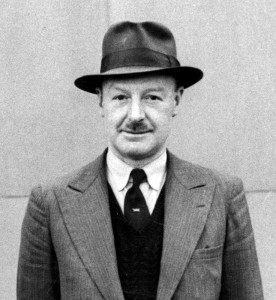
9 January 1941: Test pilot Captain Harry Albert (“Sam”) Brown, O.B.E., (1896–1953) makes the first flight of the Avro Lancaster prototype, BT308, at RAF Ringway, Cheshire, England, south of Manchester.
Throughout World War II, 7,377 of these long range heavy bombers were produced for the Royal Air Force. The majority were powered by Rolls-Royce or Packard Merlin V-12 engines—the same engines that powered the Supermarine Spitfire and North American P-51 Mustang fighters.
The bomber was designed by Roy Chadwick, F.R.S.A., F.R.Ae.S., the Chief Designer and Engineer of A. V. Roe & Company Limited, based on the earlier twin-engine Avro Manchester Mk.I. Because of this, it was originally designated as the Manchester Mk.III, before being re-named Lancaster. Chadwick was appointed Commander of the Most Excellent Order of the British Empire, 2 June 1943, for his work.
The first prototype, BT308, was unarmed and had three small vertical fins.
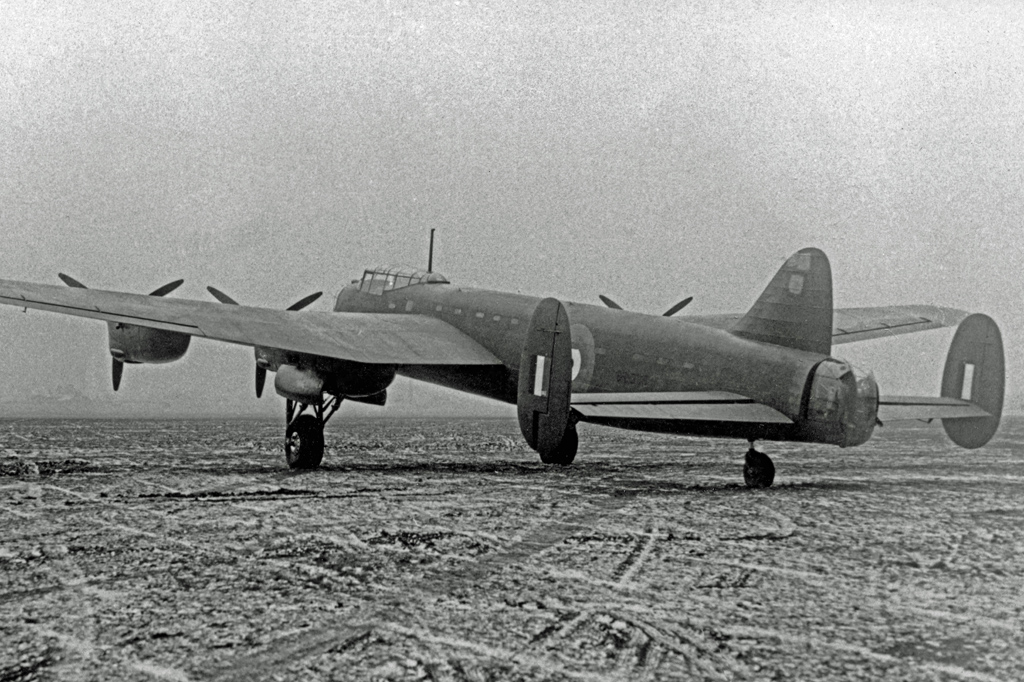
With the second prototype, DG595, the small center vertical fin was deleted and two larger fins were used at the outboard ends of a longer horizontal tailplane. DG595 was also equipped with power gun turrets at the nose, dorsal and ventral positions, and at the tail.
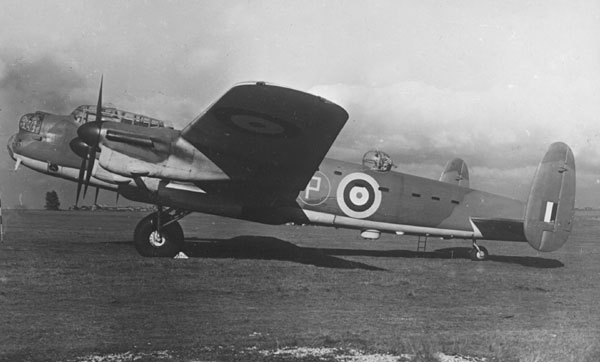
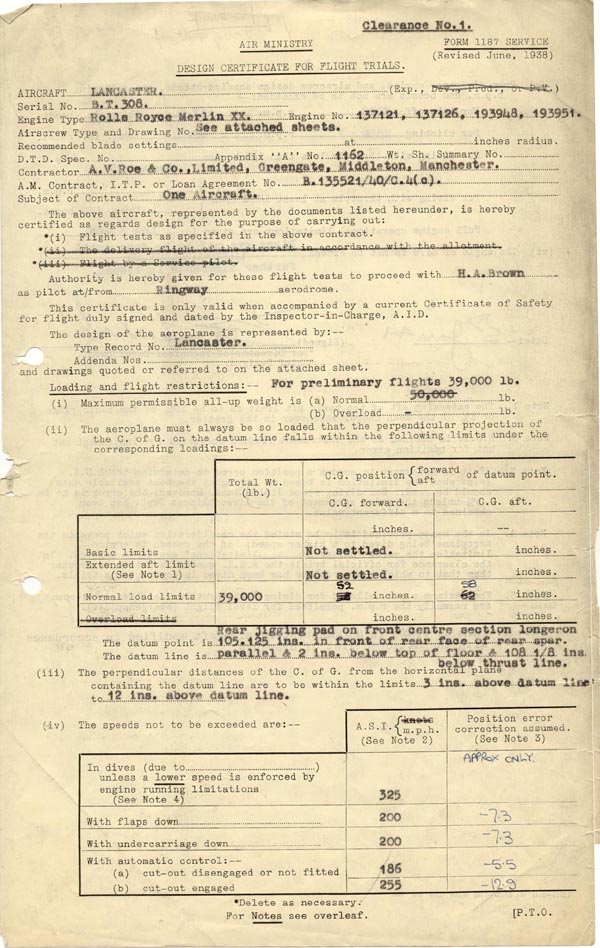
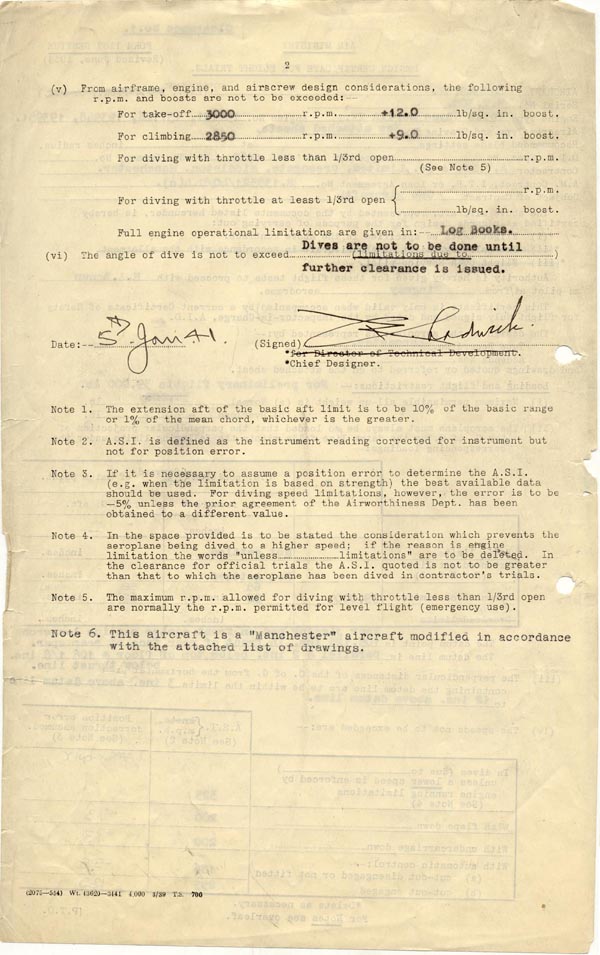


DG595 was used for performance testing at the Aeroplane and Armament Experimental Establishment (A&AEE) at Boscombe Down. The Mark I had a maximum economic cruise speed of 267 miles per hour (430 kilometers per hour) at 20,800 feet (6,340 meters), and a maximum speed of 286 miles per hour (460 kilometers per hour) at 20,000 feet (6,096 meters) at a gross weight of 45,300 pounds (20,548 kilograms).¹ Its service ceiling was 20,000 feet (6,096 meters) at 64,500 pounds (29,257 kilograms). It had a range of 2,530 miles (4,072 kilometers) with a 7,000 pound (3,175 kilogram) bomb load.
The Lancaster was designed to carry a 14,000 pound (6,350 kilogram) bomb load, but modified bombers carried the 22,000 pound (9,979 kilogram) Grand Slam bomb. For defense, the standard Lancaster had eight Browning .303-caliber Mark II machine guns in three power-operated turrets, with a total of 14,000 rounds of ammunition.
According to the Royal Air Force, “Almost half all Lancasters delivered during the war (3,345 of 7,373) were lost on operations with the loss of over 21,000 crew members.”
Only two airworthy Avro Lancasters are in existence.
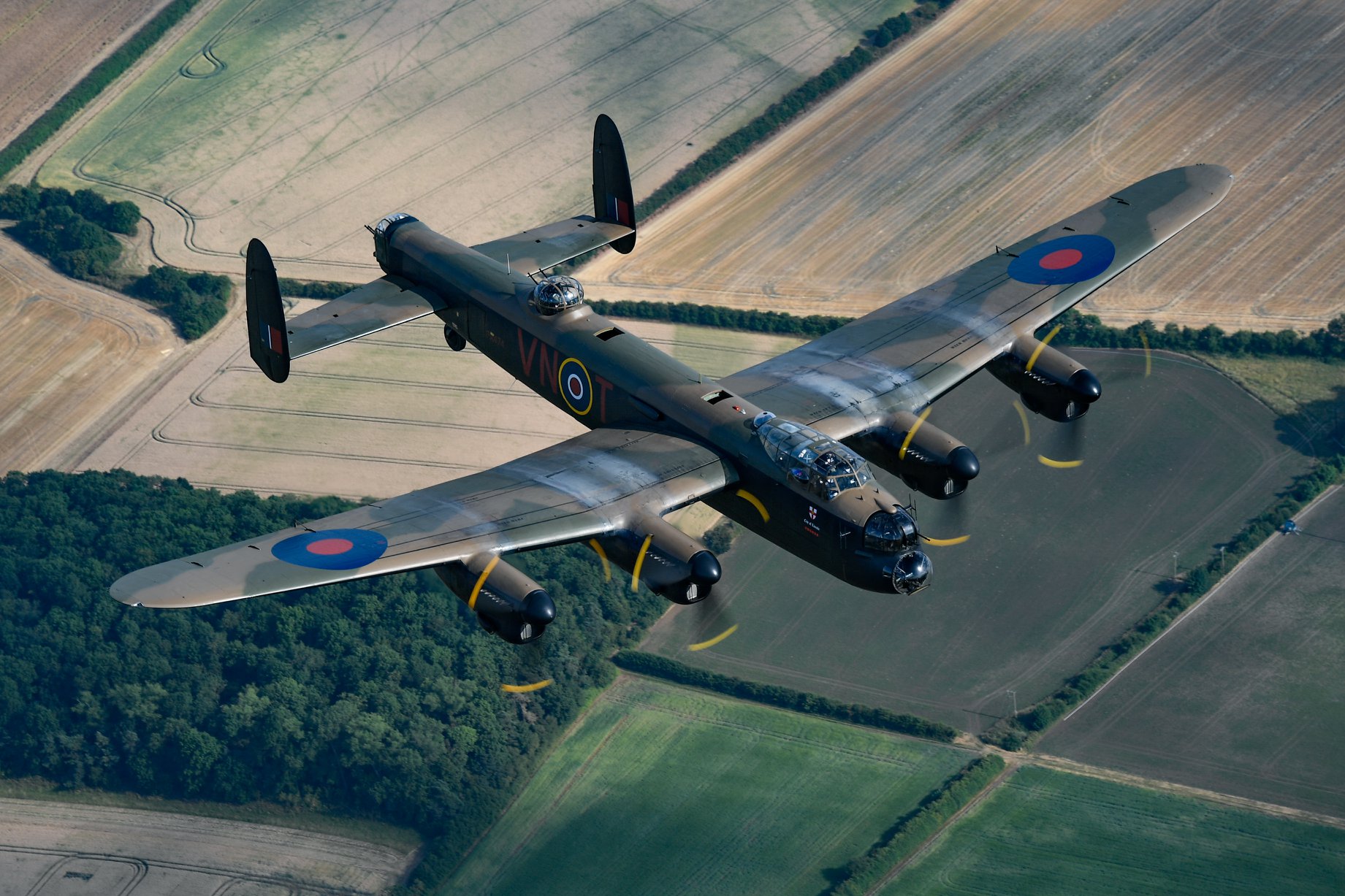
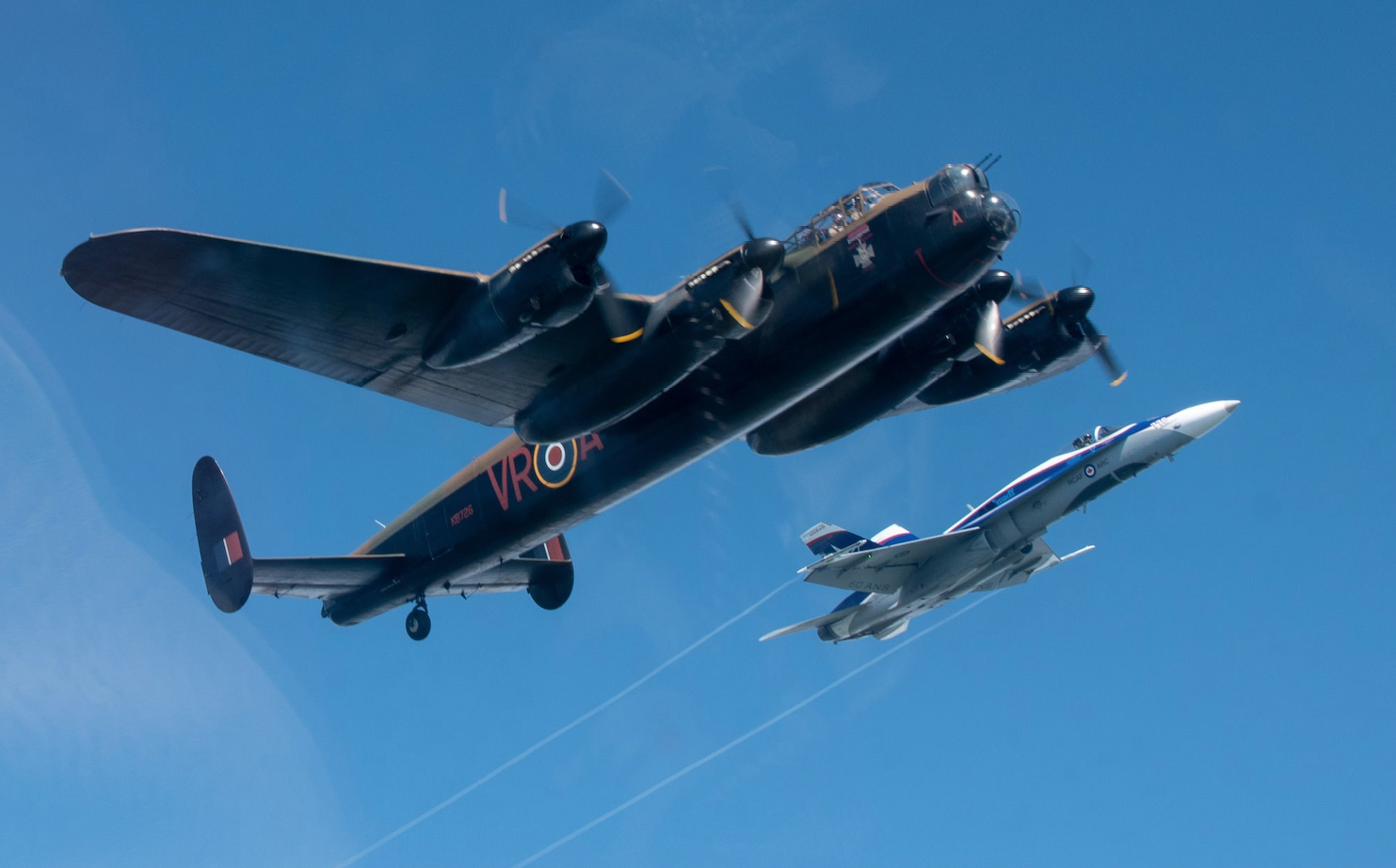
¹ Speeds shown are True Air Speed (T.A.S.)
© 2019, Bryan R. Swopes